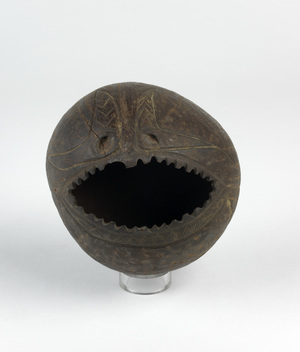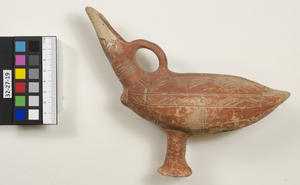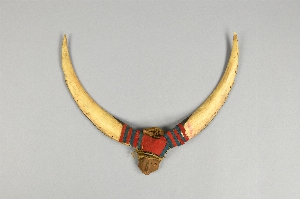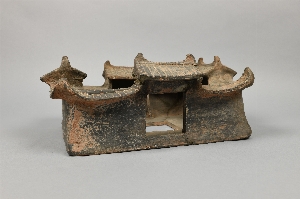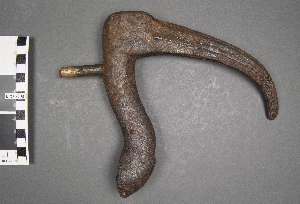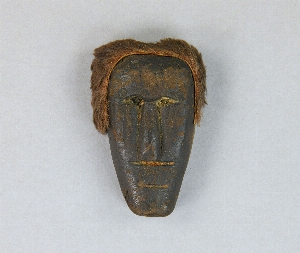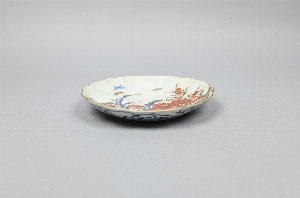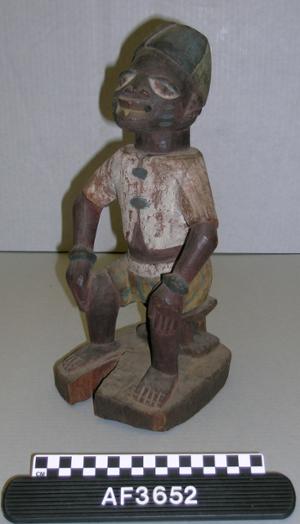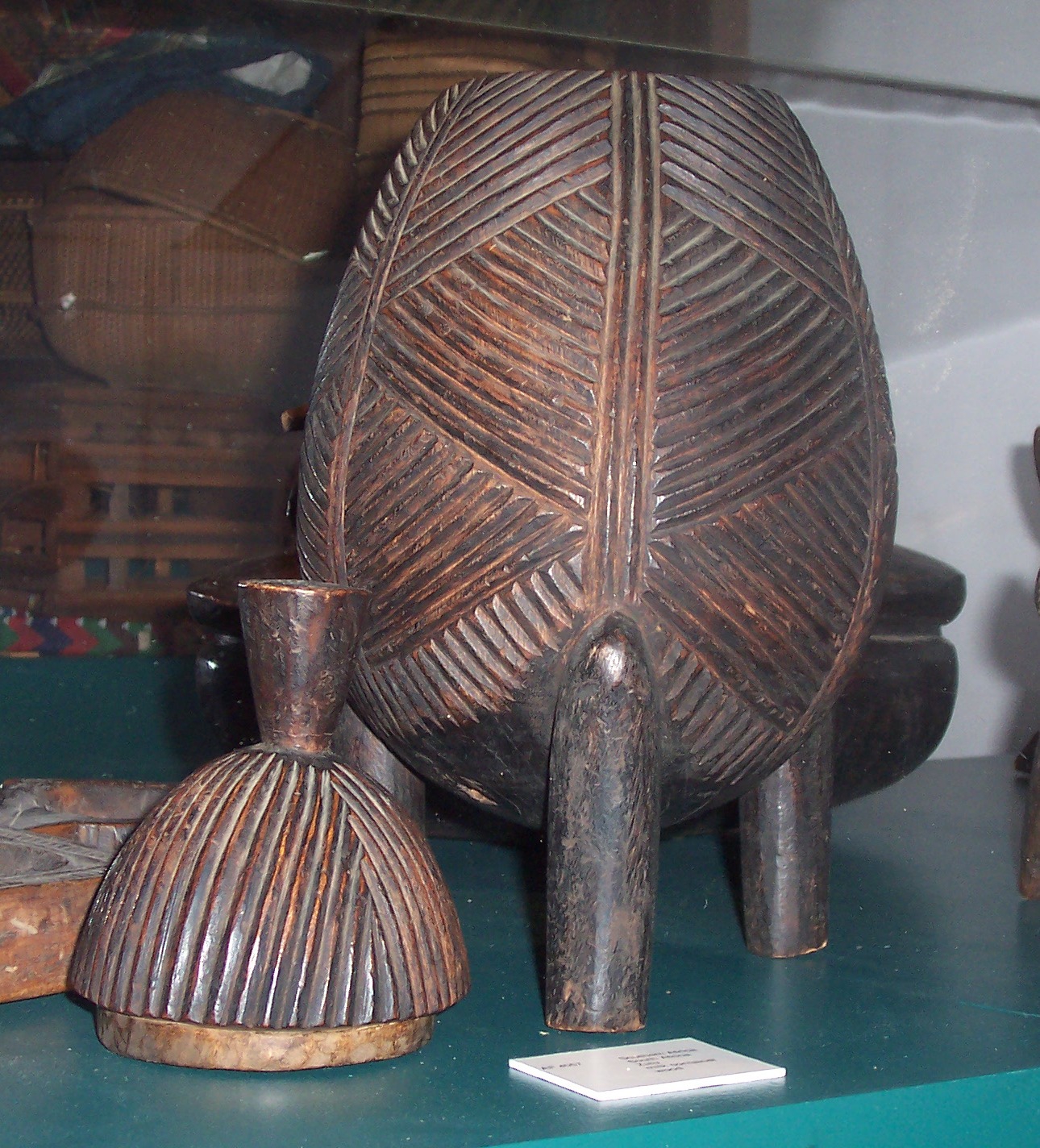What In the World TV Program
Exhibition (01 Jan 1954 - 31 Dec 1954)
- Object[57]
- yes[57]
- african[15]
- american[11]
- asian[15]
- egyptian[2]
- mediterranean[3]
- near eastern[7]
- oceanian[4]
- bell[1]
- belt[1]
- bowl[2]
- brooch[1]
- cake mold[1]
- carrying stick[1]
- cup[1]
- dance ornament[1]
- drum handle[1]
- effigy vessel[1]
- figurine[4]
- funerary ewer[1]
- head[1]
- head ornament[1]
- headdress[1]
- human statuette[1]
- jar[1]
- jug[1]
- key[1]
- mask[1]
- maskette[1]
- milk vessel[1]
- milk vessel lid[1]
- mirror[1]
- model[1]
- mortuary barnyard[1]
- mortuary ewer[1]
- mortuary figurine[3]
- neck rest[1]
- packet[1]
- pestle[1]
- plate[1]
- polycandela[1]
- pottery[1]
- pounder[1]
- relief[1]
- reliquary[1]
- saucer[1]
- scraper[1]
- sculpture[3]
- shovel[1]
- spear[1]
- statue[1]
- statuette[7]
- tetradrachm[1]
- tomahawk[1]
- toy[1]
- vessel[1]
- water container[1]
- zoomorphic vessel[1]
- allegheny reservation[1]
- angola[1]
- belgian congo[1]
- bengal[1]
- benin kingdom[3]
- beth shean[4]
- brazil[1]
- british new guinea[2]
- canada[1]
- cattaraugus reservation[1]
- china[6]
- connecticut[2]
- corrego grande[1]
- cyprus[1]
- d'entrecasteaux islands[1]
- east cape[1]
- egypt[2]
- fujian[1]
- gabon[1]
- ghana[1]
- gravefield i[1]
- guatemala[1]
- hawaiian islands[1]
- india[5]
- iraq[1]
- israel[4]
- italy[1]
- japan[3]
- kaminaljuyu[1]
- kasai district[1]
- kenya[1]
- komering agong[1]
- lapithos[1]
- limpiisk tundra[1]
- maine[1]
- mathura[1]
- matto grosso[1]
- mediterranean[1]
- mexico (central america)[1]
- mit-rahineh[1]
- nerhama[1]
- new guinea[2]
- new york[3]
- nigeria[4]
- northeastern zaire[1]
- oaxaca (mexican state)[1]
- oro bay[1]
- pachacamac[1]
- peru[1]
- santong[1]
- sao lorenco river[1]
- siberia[2]
- south africa[3]
- south arabia[2]
- sumatra[1]
- tamlu[1]
- united states of america[6]
- ur[1]
- zaachila[1]
- zaire[2]
- 18th century[1]
- byzantine[2]
- contemporary[1]
- edo period[1]
- han dynasty[3]
- iron age ia[1]
- kushan[1]
- late period[1]
- later han dynasty[1]
- ming dynasty[1]
- ptolemy i[1]
- qing dynasty[1]
- roman period[2]
- angami[1]
- arapaho[1]
- ashanti[1]
- bafiot[1]
- baluba[1]
- bateke[1]
- buddhist[2]
- chinese[6]
- cypriot[1]
- eastern bororo[1]
- edo (africa)[3]
- eskimo[1]
- hawaiian[1]
- hindu[1]
- indian[4]
- iroquois[3]
- japanese[3]
- kanioka[1]
- kimbundu[1]
- kushan[1]
- lampong[1]
- las charcas[1]
- masai[1]
- masongo[1]
- miri[1]
- penobscot[1]
- ptolemaic[1]
- rengma[1]
- roman[2]
- sabaean[1]
- seneca[2]
- tungus[1]
- vili[1]
- yoruba[1]
- zapotec[1]
- zulu[2]
- alexander the great[1]
- animal[2]
- antelope[1]
- athena[1]
- barnyard[1]
- birds[1]
- dog[1]
- duck[2]
- eagle[1]
- elephant's scalp[1]
- face[1]
- female head[1]
- guanyin[1]
- head[3]
- helmet[2]
- house[1]
- hyena[1]
- ibis head[1]
- krishna[1]
- leopard head[1]
- male[2]
- man[1]
- minister[1]
- ocelot[1]
- pegasus[1]
- ritual object[1]
- seated child[1]
- seated woman[1]
- soldier[1]
- thunderbolt[1]
- alabaster[1]
- bark[1]
- basalt[1]
- bone[3]
- brass[4]
- bronze[4]
- calf tail[1]
- ceramic[8]
- clay[6]
- coconut shell[1]
- copper alloy[3]
- cowrie[1]
- feather[2]
- feathers[1]
- fur[3]
- glass[2]
- glaze[2]
- gourd[1]
- hide[1]
- horn (animal part)[1]
- iron[2]
- ivory[1]
- limestone[1]
- marble (stone)[1]
- paint[2]
- palm leaf[1]
- pentelic marble[1]
- pigment[3]
- porcelain[2]
- red sandstone[1]
- silver[2]
- slate[1]
- slip[1]
- steel[1]
- stone[1]
- travertine[1]
- wood[17]
- wool[1]
- arita style[1]
- carved[6]
- dehua ware[1]
- dhokra[1]
- enameled[1]
- fired[6]
- gessoed[1]
- glazed[3]
- incised[2]
- kakiemon ware[1]
- lost wax casting[2]
- painted[3]
- porcelain[1]
- red polished iii[1]
- slipped[1]
- actual citation[21]
- type citation[1]
31 - 57 of 57 Records
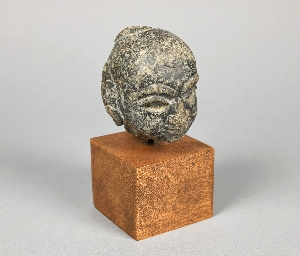
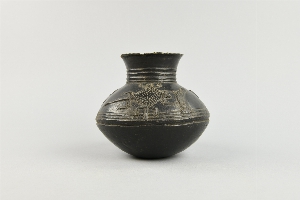
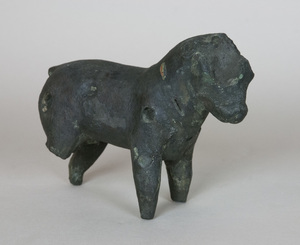
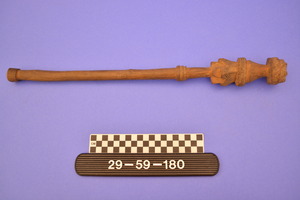

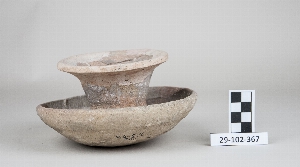
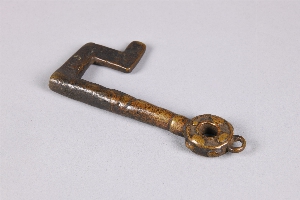
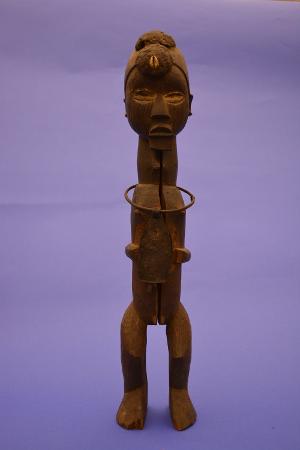
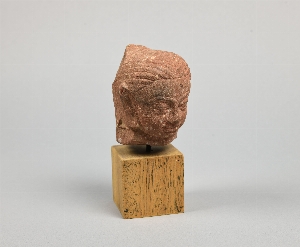
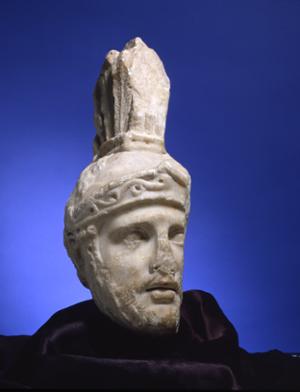
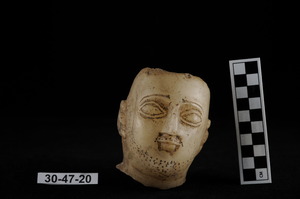
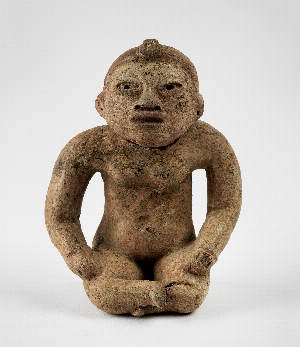
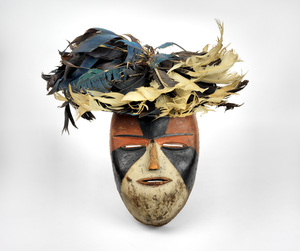
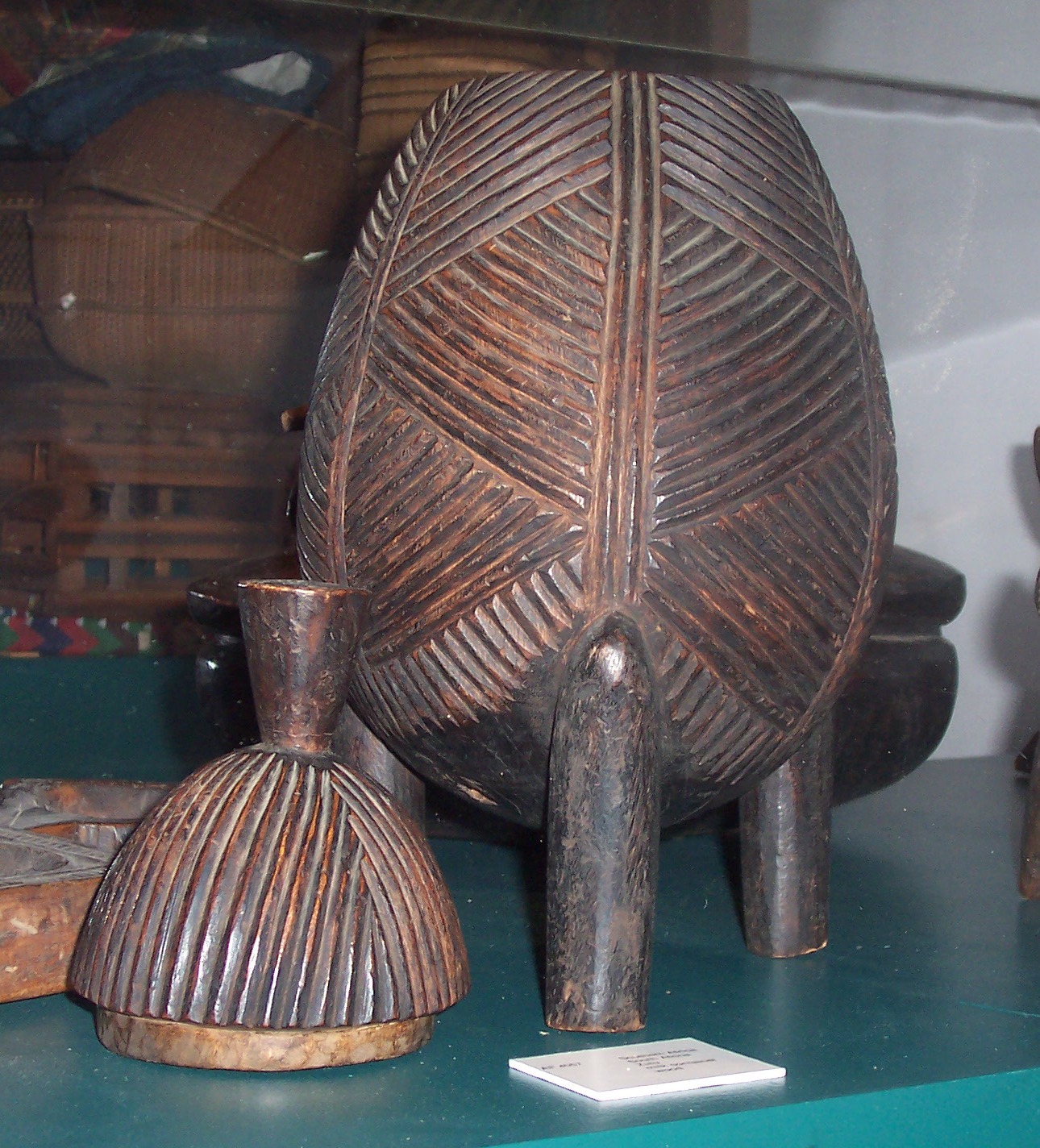
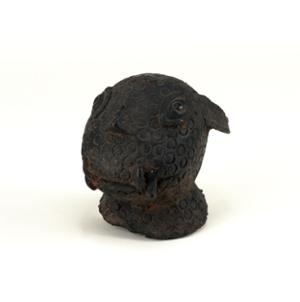
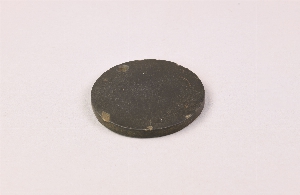
31 - 57 of 57 Records


